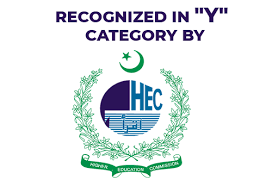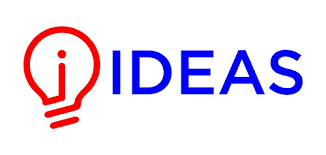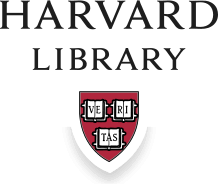Article | Open Access | Published: 21 July 2020
The Dynamic Effects of Terrorism on Tourism: A Bound Testing Co-integration Approach
| Views: | 164 | | | Downloads: | 134 |
Abstract:
The tourism industry is considered a key driver promoting socioeconomic development in a developing economy, but several factors hinder this development. The terror incidence in swat valley has severely affected the tourism industry of the area. Terrorism is a growing hazard across the globe with severe socio-economic consequences. Pakistan is also playing its way against terrorism that which has affected its various economic activities including tourism. During the first decade of the ongoing century, the northern mountainous area of Khyber Pakhtunkhwa, which was famous for tourism, was badly affected by incidences of terror. The objective of this research work is to estimate the impact of terror incidents on domestic tourism in Pakistan, Khyber Pakhtunkhwa, Swat Valley (TA ?domestic visitors? arrivals). The current research is an effort to evaluate the short-term and long-term association between events of terror and domestic visitation. Primary data was collected using stratified random sampling techniques and interview methods and secondary data was taken from various sources to evaluate the model. The auto-Regressive Distributive Lag (ARDL) model is used to evaluate the data. The ARDL bound test confirms the co-integration between terror incidents and tourism. Additionally, the examined findings undoubtedly ensure the negative short-term and long-term impact of events of terror on domestic tourism in the study area.
Keywords:
Service-Dominant Logic, Customer Loyalty, Value Co-creation, Customer Satisfaction, Repurchase Intention, Customer Citizenship Behavior, Customer Participation Behavior and Service Sector of Pakistan
Publisher:
ILMA UNIVERSITY
Published:
21 July 2020
E-ISSN:
2409-6520
P-ISSN:
2414-8393
This is an open access article distributed under the terms of the Creative Commons Attribution CC BY 4.0 license, which permits any use, distribution, and reproduction of the work without further permission provided the original author(s) and source are credited.














